- Home
- slideshows
- miscellaneous
- Nuclear weapons are as confusing as they are deadly - here's what 14 terms that you keep hearing actually mean
Nuclear weapons are as confusing as they are deadly - here's what 14 terms that you keep hearing actually mean
Nuclear weapon

Intercontinental ballistic missile (ICBM)
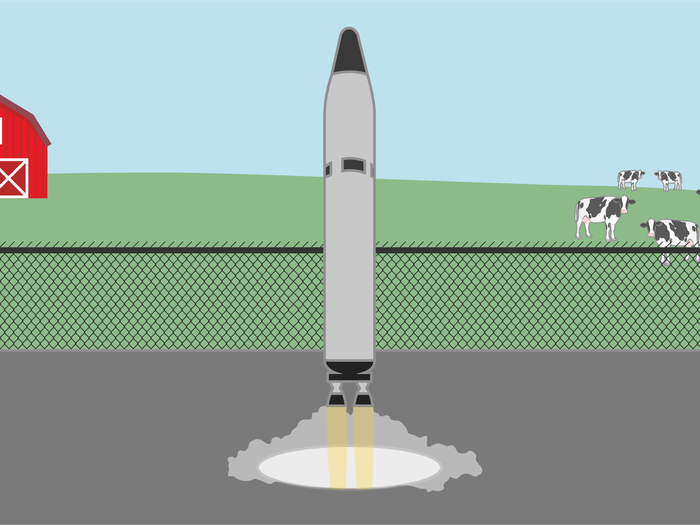
An ICBM is a space rocket that can launch a destructive device on top and carry it from one nation to another in a high arc.
Technically speaking, an ICBM is any missile capable of delivering a warhead from more than 3,415 miles away. The missile silos in the US in which they're stored are sprinkled around the country, with most stationed in middle America.
As of 2018, the US has 800 ICBMs in its stockpile, and Russia has nearly 1,140 ICBMs.
Fallout
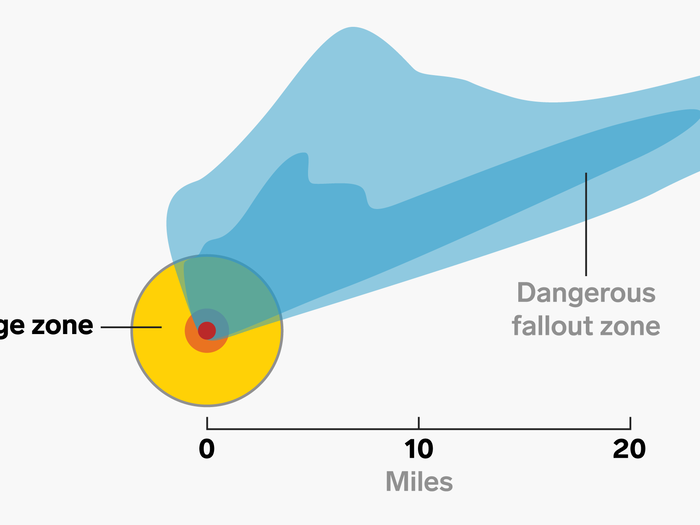
Fallout describes the dangerous leftovers of a nuclear weapon: a cloud of dust, dirt, sand, pebbles, and bits of debris that an explosion has irradiated.
Bombs or warheads detonated near the ground vastly increase the amount of fallout by sucking up soil and debris, irradiating it, and spreading it for dozens if not hundreds of miles. Very fine particles can circle the globe and be detected by special airplanes.
Isotopes
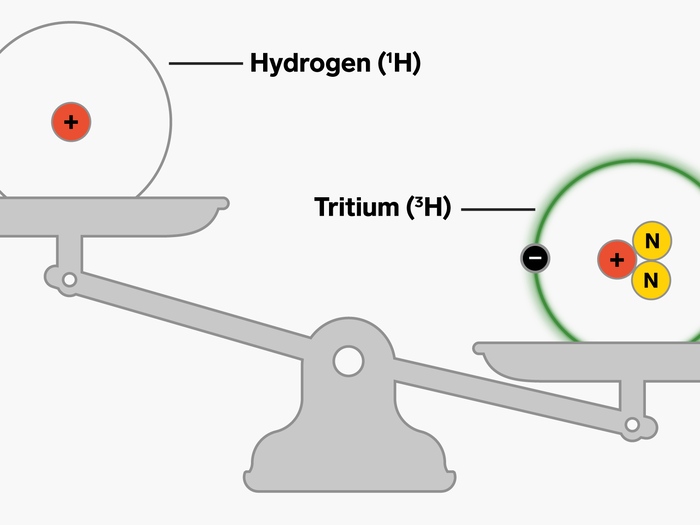
Each element on the Periodic Table has a unique chemical identity but can have different weights, or isotopes.
For example, hydrogen is the smallest atom and is usually made of just one positively-charged proton in its nucleus, or core. Its shorthand name, H-1, specifies its atomic weight. If a chargeless neutron gets added, you get the isotope deuterium, or H-2. Add two neutrons and you have the isotope tritium, or H-3.
All three forms of hydrogen have nearly identical chemistry and can, say, bond with oxygen to form water. But their nuclear properties differ wildly: deuterium and tritium can fuel thermonuclear explosions because they're somewhat unstable and likely to split, whereas regular hydrogen can't.
Uranium — including U-238, U-235, and U-233
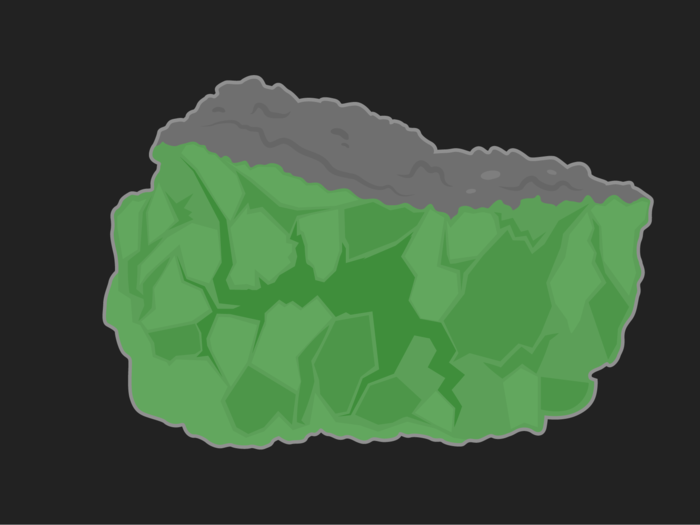
Uranium is a dense element and a key ingredient in nuclear weapons production. It occurs naturally in ores and minerals and has a few important isotopes.
U-238 makes up about 99.27% of natural uranium and is inert. Less than 1% of the uranium in ore is U-235 — the "active ingredient" that can be used for nuclear reactor fuel or bombs.
U-235 is special because it becomes very unstable when it catches a flying neutron. This capture causes it to split (known as fission), release a huge amount of energy, and shoot out more neutrons. Those neutrons can then split other atoms of U-235 in a chain reaction.
Although plutonium (which we'll describe in a moment) is now the favored bomb-making material, U-235 was used in the Little Boy bomb that the US dropped on Hiroshima in 1945.
U-233 is another isotope that's weapons-ready, but it's only made inside special reactors that no longer exist (for now).
Plutonium, including Pu-238, Pu-239, and Pu-240
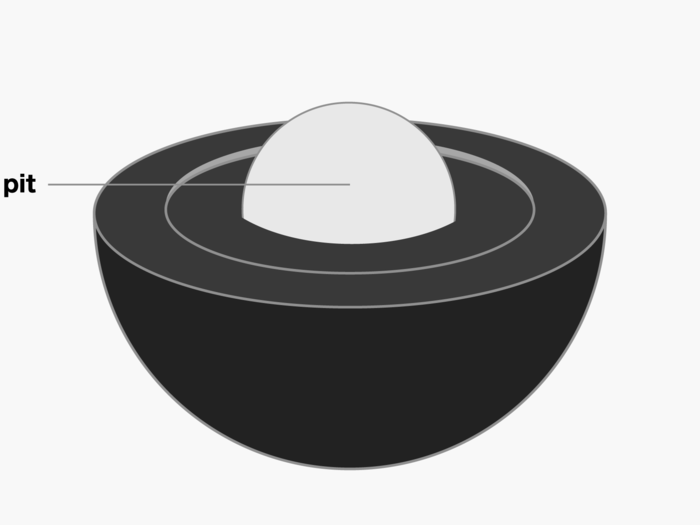
Plutonium is a metallic element that doesn't occur in nature, and it most often refers to the isotope Pu-239: the go-to material for modern nuclear weapons.
Only nuclear reactors can make Pu-239. They do so by irradiating U-238 with neutrons. The plutonium can then be separated from the uranium, concentrated, and formed into weapons pits — the cores of nuclear weapons.
Pu-239 can more easily trigger a nuclear explosion than uranium, and with less material; as little as about 10 lbs can be enough.
Plutonium-240 is an unwanted and pretty radioactive byproduct of making Pu-239. It can make bombs prematurely explode and fizzle because it's fairly radioactive. Pu-238 is a byproduct of Cold War weapons production that generates a lot of warmth and powers NASA's most adventurous robots in the cold, dark depths of space.
Yellowcake uranium
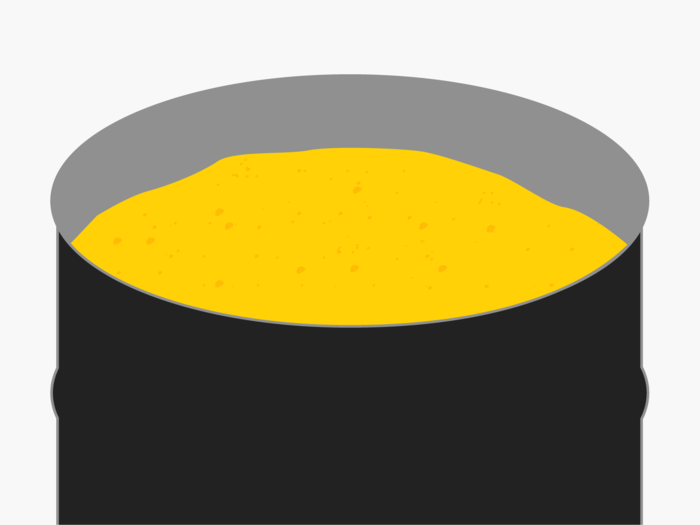
Yellowcake is a powder of uranium oxide that's made by leaching uranium from natural ores and chemically treating it. Despite its name, it's most often brown or black in color.
The powder is a concentrated form of natural uranium — about 99.72% U-238 and 0.72% U-235. It's an important commodity because it can be stockpiled and later processed to extract and enrich U-235.
Centrifuge
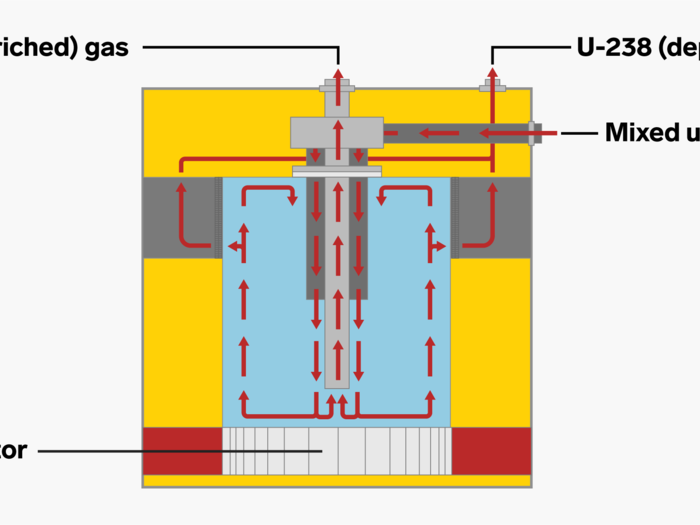
The U-235 and U-238 isotopes are chemically identical and nearly the same weight — so they're very hard to separate. However, one of the easiest ways to separate uranium is a centrifuge.
The process starts with converting yellowcake into uranium hexafluoride (UF6), then heating the compound into a gas. The gas then enters a centrifuge: a tall, hollow tube that spins faster than the speed of sound. The rotation pulls heavier U-238 toward the centrifuge's outer wall while leaving more U-235 near the middle.
Cascades of centrifuges — one linked to another in long chains — further separate and concentrate each isotope. U-235-rich gas moves through an "upstream" line of centrifuges, growing until a desired level of concentration is reached. Meanwhile, U-238 moves "downstream" until it's mostly depleted of U-235.
It can take thousands of centrifuges spinning for an entire year to enrich enough U-235 for a weapon.
Highly enriched uranium (HEU) and low-enriched uranium (LEU)

Highly enriched uranium is any amount of uranium with 20% or more U-235 — the kind that can spur a nuclear detonation.
HEU with a concentration of 85% or more U-235 is considered "weapons-grade," since that is enough to cause a large and efficient nuclear explosion. But it's rarely used anymore: It most often goes into special, very energetic reactors. Such reactors power naval ships and submarines, can make plutonium, and create medically important isotopes (such as molybdenum-99, which can help diagnose certain heart diseases and cancers).
Low-enriched uranium has less than 20% U-235, and is most often used for nuclear reactor fuel in commercial power plants.
Lithium deuteride (sometimes called lithium hydride)
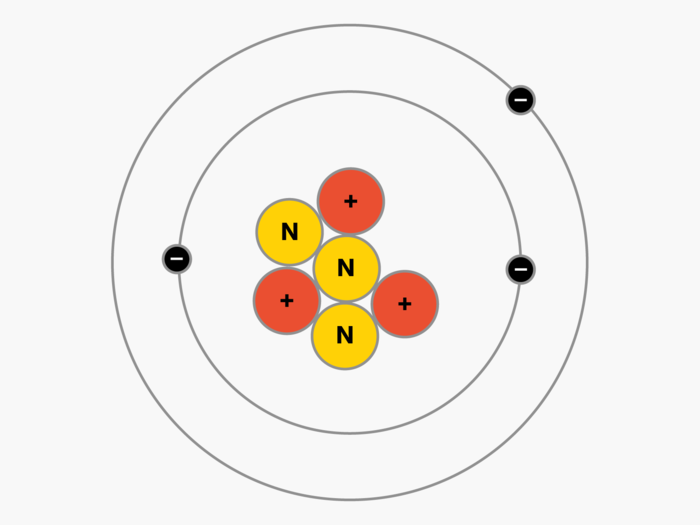
Lithium deuteride is a whitish salt made of one lithium atom and one deuterium atom (hydrogen-2).
It's a key ingredient in thermonuclear weapons, also called hydrogen bombs — the most powerful type of nuclear arms. (Russia's Tzar Bomba thermonuclear weapon, detonated in 1961, was about 3,300 times as powerful as the Hiroshima bomb in 1945.)
A thermonuclear weapon is actually two bombs in one. Energy from the first explosion is absorbed by and "ignites" the lithium deuteride, leading to fusion — where two atoms combine — and creating a plasma many times hotter than the sun.
The process also creates a lot of neutrons. These bullet-like particles can then ram into and split a lot of nearby U-238 in the bomb, vastly multiplying the weapon's destructive energy.
Submarine-launched ballistic missile (SLBM)
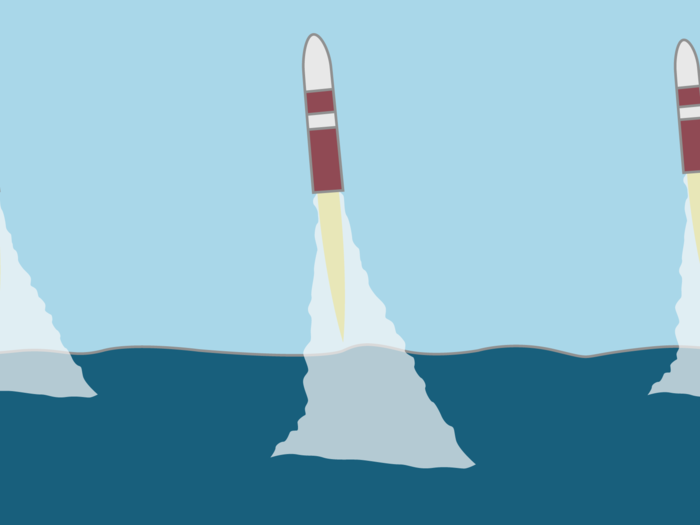
An SLBM is a nuclear-tipped rocket that shoots out of launch tubes in an underwater attack submarine.
As of 2018, the US has 1,920 SLBMs in its stockpile, and Russia has nearly 770 SLBMs.
Unlike most land-based missiles, SLBMs are mobile and very difficult to track. Some models can fly nearly 7,500 miles, which is about 30% of Earth's circumference. That's plenty of range to strike any inland target from a coast.
Ballistic-missile submarines (SSBN or SSB)
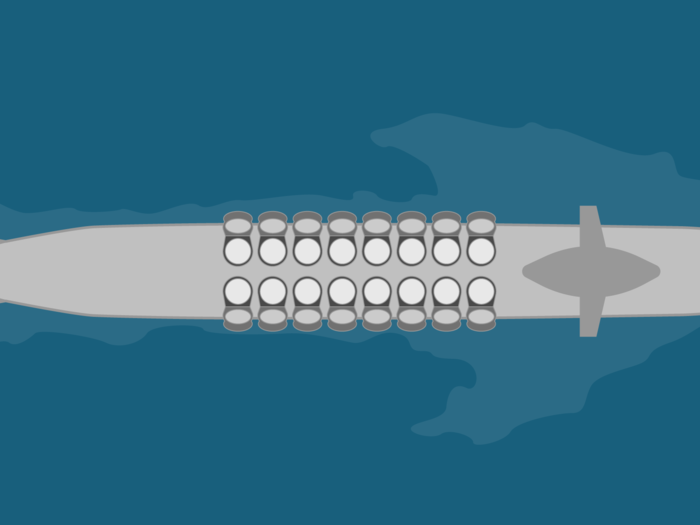
Attack submarines that can launch ballistic missiles are known as SSBs or SSBNs. The "SS" stands for "submersible ship," the "B" for ballistic" (as in ballistic missile), and the "N," if present, means "nuclear" (as in powered by a nuclear reactor).
These vessels can stay underwater for 90 days and carry more than a dozen nuclear-warhead-tipped SLBMs — each of which can strike targets thousands of miles inland.
Russia has about 11 nuclear-armed subs and the US has about 14.
Complete, verifiable, and irreversible denuclearization (CVID)
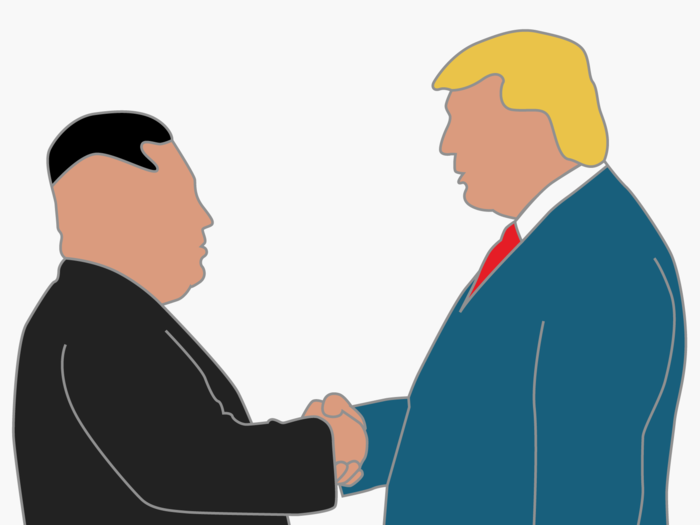
CVID is the strategy that was pursued in disarming Libya of its nuclear weapons. The Trump administration pursued it in initial talks with Kim Jong Un and North Korea.
The approach allows inspectors into a country to count weapons, witness their destruction, disable nuclear reactors, prevent the development of missiles, and perform other watchdog work.
Weapons experts think North Korea will reject CVID, mostly because it'd bar the use of nuclear reactors to produce energy and rule out the development of rockets, which can launch satellites and people into space.
Experts also point out that the strategy has a nasty historical precedent: Libyan ruler Muammar Gaddafi followed through on a US-led CVID program but ultimately ended up dead in the streets.
The Trump administration is reportedly changing its mind about CVID, though, and may push a plan that's more acceptable to North Korea.
Deterrence
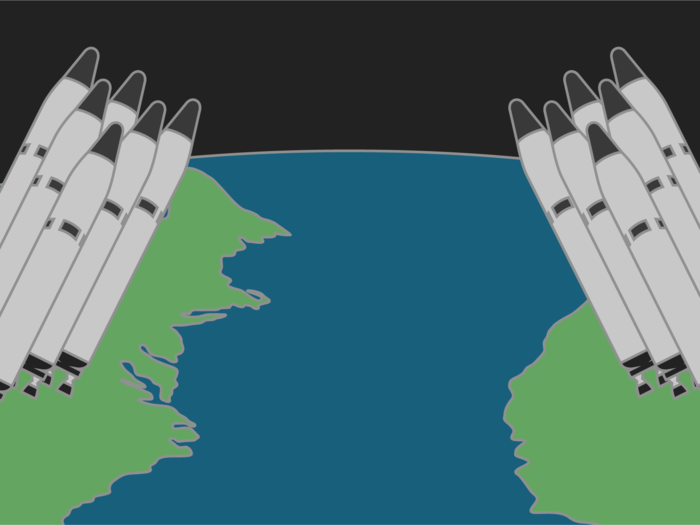
Deterrence is the idea that if countries have nuclear weapons, the threat of an overwhelming retaliation in response to an attack will keep the peace.
In 1995, a few years after the Cold War ended, Reagan-era government officials wrote:
"Deterrence must create fear in the mind of the adversary — fear that he will not achieve his objectives, fear that his losses and pain will far outweigh any potential gains, fear that he will be punished. It should ultimately create the fear of extinction — extinction of either the adversary's leaders themselves or their national independence, or both. Yet, there must always appear to be a 'door to salvation' open to them should they reverse course."
Some nuclear weapons experts worry that deterrence will only keep the peace for so long, though, and encourage the development and spread of nuclear weapons — so if and when nuclear conflict does break out, the catastrophe will be much worse.
Have any nuclear weapons terminology you'd like to see explained? Send us an email.
Popular Right Now
Popular Keywords
Advertisement